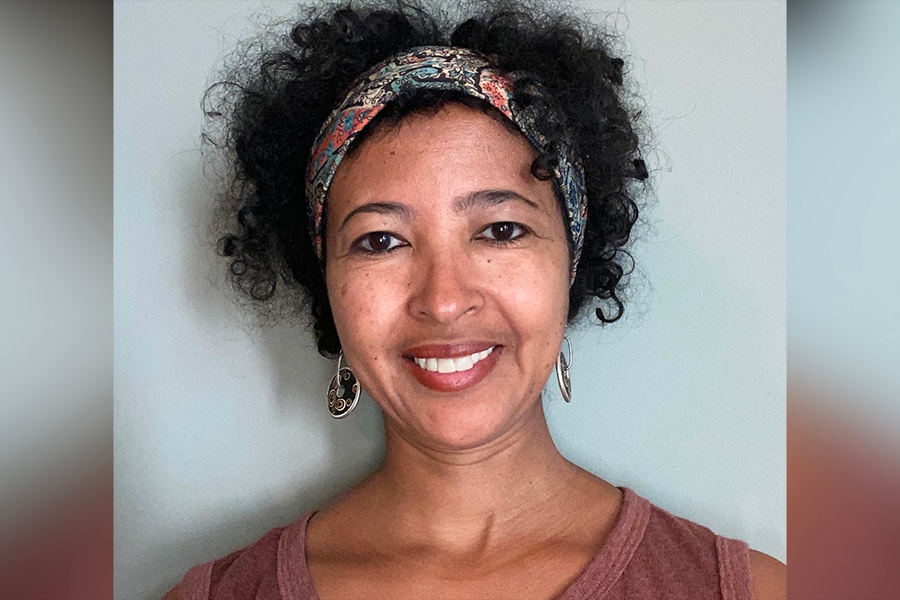
A native of Ethiopia, surgeon Rahel Nardos knows all too well the sufferings of patients in low-resource countries who develop devastating pelvic floor conditions after childbirth.
But in many countries, surgeons lack access to medical technologies—such as a surgical tool for repairing the pelvic floor—that are standard in most Western countries. The tools they have are old, hard to use, and prone to causing complications like bleeding.
Nardos decided to give women in low-resource countries something better.
An associate professor in the U of M Medical School’s Division of Female Pelvic Medicine and Reconstructive Surgery, she guided graduate students in developing a new tool for repairing pelvic floor injuries. It replaces the tool used in high-income countries, which is disposable and whose use requires specialized sutures.
The new tool is affordable, reusable, and more environmentally sustainable, and it works with locally available sutures that surgeons can use in resource-limited countries.
For Nardos, who is also director of Global Women's Health at the U of M Center for Global Health and Social Responsibility. the tool and the students’ work help fulfill her life’s goal.
"My passion is really in improving the quality of care for women, both locally and globally, and advancing health equity and access to care,” she says. “But my bigger vision is making sure that women and girls have the capacity to realize their full potential. No matter where they live or what the circumstances of their births are."
Tapping the talent reservoir
Nardos pitched her idea to design a better tool to the people who coordinate the Carlson School of Management and Institute for Engineering and Medicine New Product Design and Business Development graduate course.
They assigned graduate students and Medical School faculty member Tinen Iles to help by conducting voice-of-customer interviews with Ethiopian surgeons, as well as global health leaders and international biomedical engineering experts. These interviews helped the team better understand how to design the new tool to meet the needs of the surgeons so that it can be easily sterilized and maintained locally.
The students learned a great deal about how to develop a product with a huge potential social and environmental impact. They produced their first prototype in late 2021.
“The work of Dr. Nardos and Dr. Iles is inspiring and has introduced me to new opportunities to apply my mechanical engineering knowledge,” says one student. In 2022 a different set of students worked to improve certain features of the tool to create the second prototype.
Nardos and her team recently submitted a provisional patent for this new tool with help from the U of M Technology Commercialization team.
“Tech Comm has been really helpful in helping us figure out next steps and finding sources of funding, such as grants,” she says. The team recently received funding from the U of M’s Office of Discovery and Translation that will allow them to partner with a local industry to further refine the prototype, perform bench testing, and get it ready for the final stage of prototyping before the manufacturing stage.
“It’s been an exciting journey,” says Nardos. “Now we hope to get external funds we need to get our tool to the manufacturing and clinical testing phase, so we can get it in the hands of surgeons in low- and middle-income countries who need to use it to restore the quality of life of women who suffer from devastating pelvic floor conditions after childbirth.”
- Categories:
- Health
- Health conditions
- Human rights
- Medical




